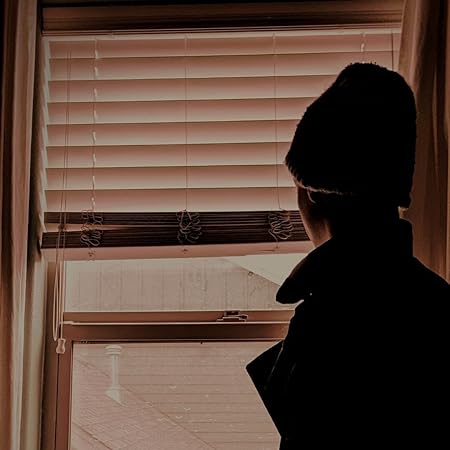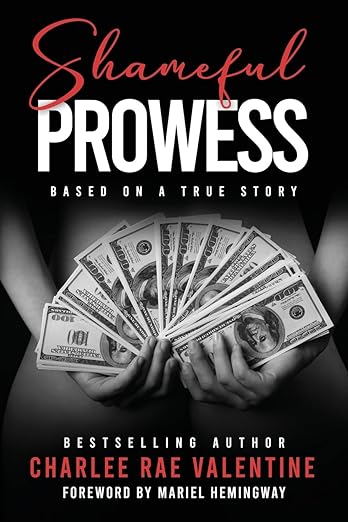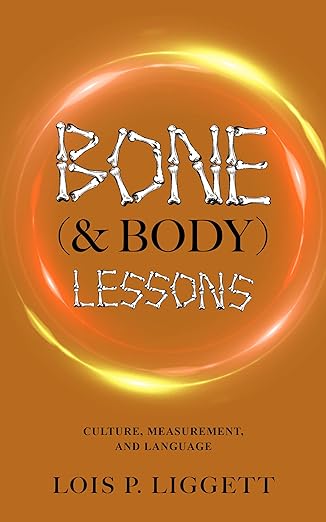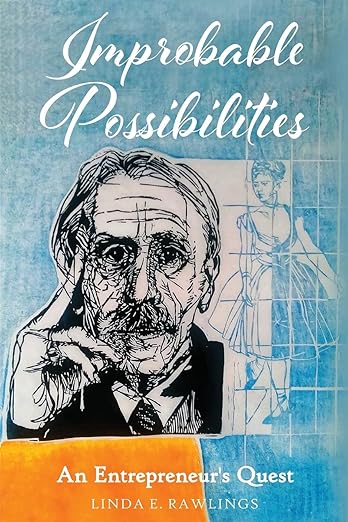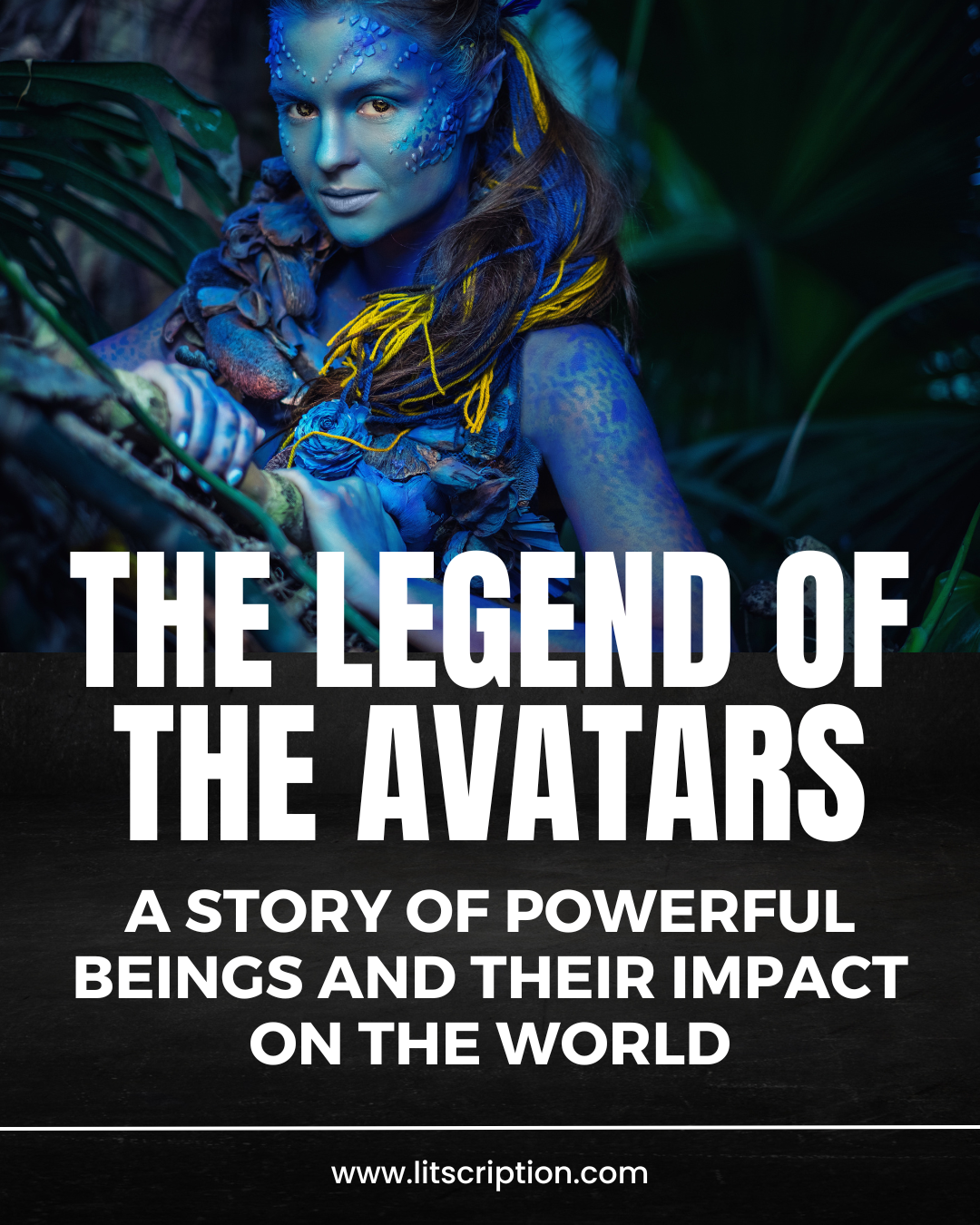Unconventional Alien Invasion Stories: Breaking the Stereotypes By Derrick McCartney
The traditional alien invasion stories followed a similar pattern that dates back to H.G. Wells and the War of the Worlds with an alien armada attacking Earth. The movie Independence Day perfectly captures the malevolent force from beyond the stars arriving in our airspace and taking up positions all over the world. After a small interlude, the attack begins and humanity is fighting for its existence. The impact that such an inconceivable attack had on the American psyche was demonstrated on Halloween evening 1938 when Orson Wells and The Mercury Theater put on a radio performance of “The War of the Worlds.” Some listeners who tuned in late became convinced that the aliens were coming. Was it a deep tension caused by the gathering war clouds over Europe? Was it basic human nature to fear be afraid of the other? Whatever it was, the recipe for thrilling entertainment was set for decades to come.
Over the years, however, another more hidden invasion has entered the culture. The alien invasion has moved out of the black and white narrative of outright confrontation into the gray space of discovery. Aliens still like buzzing around our skies, but interaction with humanity has become less about domination and destruction and more about finding a connection, sometimes for good, sometimes for evil. It is a subtle dance of epiphany that extends to things like language and consciousness. This transition finds its roots in the abduction phenomenon, which began to become interspersed with the alien experience in the 1960s. These were very personal experiences, not the widespread clashes of the invasion narrative. They were incidents that took place on lonely roads and in bedrooms, often characterized by things like lost time and spatial distortion. They were experiences that the individuals affected had trouble rectifying with their understanding of reality. Whereas the craft in the skies were the wrapping on the present, the abduction was the gift inside, the high strangeness. Betty and Barney Hill, Carl Higden, Travis Walton, these people all shared something that was tied to the alien narrative, but in many respects was part of a bigger question of what is reality itself. For them, their experiences were not part of a larger invasion of the physical space, but the inner space.
In the 1980s, the narrative took a hard right turn into conspiracy and coverup. It started with Roswell, the mystery in the New Mexico desert that had faded from memory decades ago. Were the stories true? Aliens were no longer the villains. No, it was the US Government that was keeping the alien presence a secret from the people. Movies of displaced aliens, such as ET, and straight up contact, such as Close Encounters of the Third Kind, were backstopped by a shadowy narrative of a government trying to hold on to a great secret. By the 1990s, this theme evolved into television shows such as Dark Skies and The X Files. In this telling of the story, the alien invasion was much more insidious and done in collaboration with secret cabals within the US Government.
As we approached the new millennium, the alien invasion narrative (outside of Independence Day, of course), began to morph in the American collective consciousness. It was getting much deeper, and since COVID, much more tied to the notion of alienation, which society is feeling. The need to make a connection and understand a greater truth is beginning to seep into our stories. It is also being impacted by advances in science, namely in the theories surrounding the very bizarre physics of quantum mechanics. It is at the level of the very small where dimensions can be violated and consciousness itself exists on the cutting edge. Both of these ideas have always been part of the UFO phenomenon, but are now front and center. The alien invasion has become part of our questioning of reality itself. Ted Chiang’s “The Story of Ourselves” begins to peel the onion back on a mystery whose depths go deeper than we ever imagined. How we communicate with the extraterrestrial is based on how we relate to our reality, how we understand things such as time and space.
In my novel, McMinnville, I tell the story of a retired, dying detective forced to come to terms with the inconceivable as he investigates a cold case of a UFO sighting from the 1950s. Step-by-step he comes closer to the phenomenon until without knowing it, he has descended down the rabbit hole. The phenomenon has grabbed hold of him. He continues to live his life in his known reality while struggling with a secret that changes everything he knows and feels about the universe and his place in it. The alien invasion has happened inside of his mind. As with the stories from the past of the physical invasion from the skies, he is helpless to fight against the inevitable change in his worldview. He knows the future and there is nothing he can do about it.
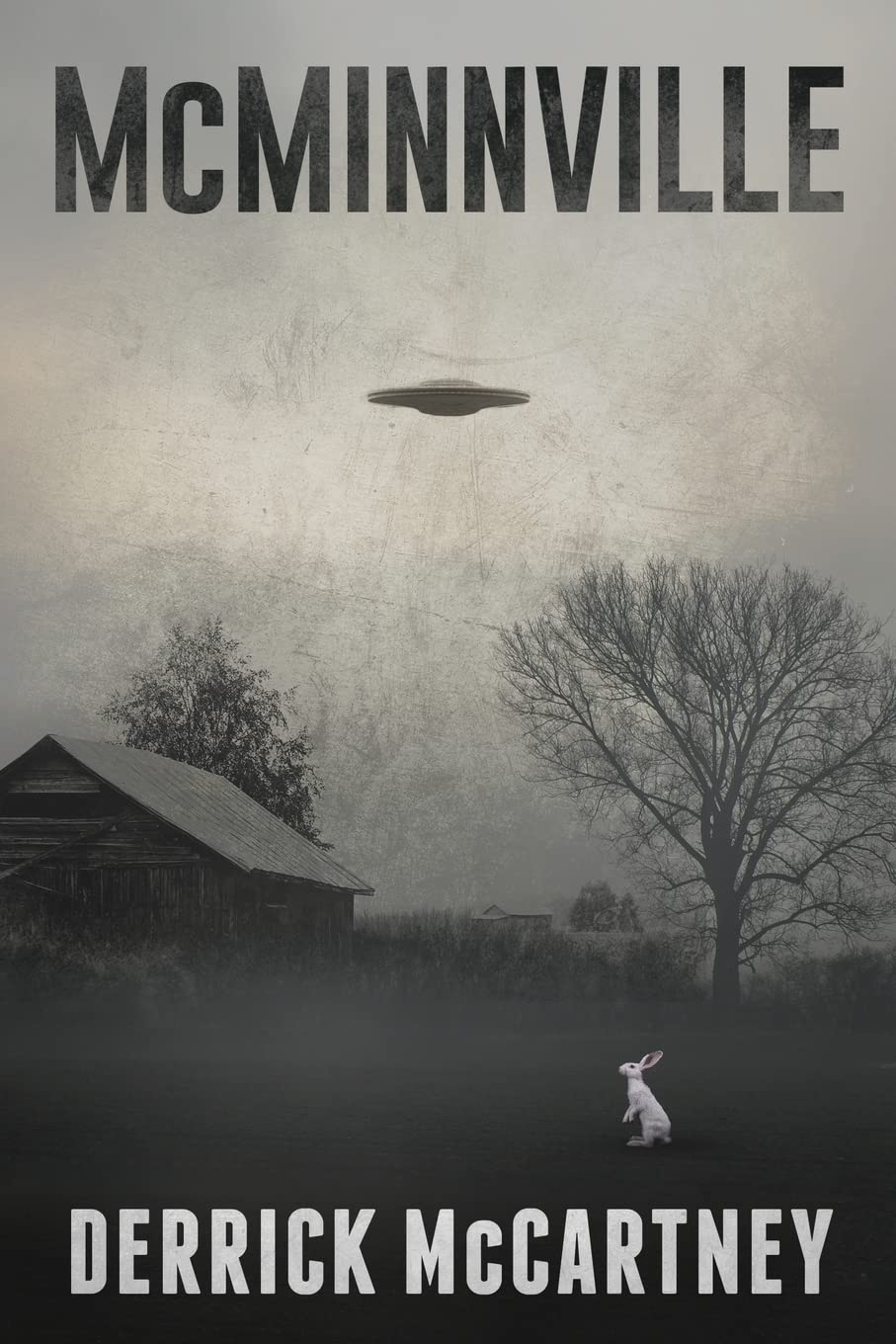 McMinnville
McMinnville
Two photographs taken on a spring evening in 1950 that seem to show the impossible-we are not alone. A thirteen-year-old girl disappears the same evening, but returns thirty years later without aging a day. A dying detective on the hunt for the answers to one mystery falls afoul of a more profound mystery that calls into question all of human history and the science on which the universe is based. McMinnville is the story of one man’s coming to terms with his mortality and the inconceivable, while falling in love for a second time, something he thought was impossible.
Ray Baker is a retired NYPD detective, dying of cancer and dealing with the crushing loneliness after the death of his wife. He wants to make the last few months of his life count by traveling cross country to the places where he grew up. Along the way, he stumbles upon a cold case that took place on May 11, 1950, a few hundred yards from his childhood farm outside of McMinnville, Oregon. At a little past seven in the evening on that day, Evelyn Forsyth was feeding her rabbits when she looked up to see a craft floating soundlessly toward her. She called for her husband, Glenn, to come with his camera. Over a span of a few seconds, he took two photographs before the craft tipped up on edge and sped away. That was the story that appeared in the Telephone Register, McMinnville’s local paper under the heading “At Long Last-Authentic Photographs Of Flying Saucer” A month later, the photographs were featured in the June edition of Life Magazine. Were they real or a clever hoax? Ray takes it upon himself to answer this question, applying his considerable detective skills. But in doing so, he steps through the looking glass into a world that makes him question everything. If that was not enough, he also discovers that there is a clock and it is ticking down.
McMinnville is the first book in a trilogy that follows Ray Baker’s pursuit of life, love, and the truth, which is most definitely out there.
Derrick McCartney was born in El Paso, Texas and grew up in Tennessee before moving to the Washington, DC area. Despite a degree in Soviet and East European studies, he made a name for himself as an expert on North Korea. After a stint in the US Government, he has spent most of his career in defense think tanks. He has published several books and articles on international security affairs under his real name. This is his first work of fiction.
Visit Derrick’s website https://derrickmccartney.com
Amazon https://amzn.to/44Nmeu9
Barnes and Noble – https://www.barnesandnoble.com/w/mcminnville-derrick-mccartney/1141405965?ean=9798985975970
Follow Derrick and McMinnville on Social Media
Facebook https://www.facebook.com/authorderrickmccartney/
Twitter https://twitter.com/mccartneybooks
Pinterest https://www.pinterest.com/derrickmccartneybooks/













